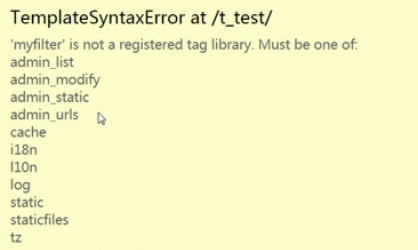pytorch中tensor张量数据类型的转化方式
1.tensor张量与numpy相互转换
tensor ----->numpy
import torch
a=torch.ones([2,5])
tensor([[1., 1., 1., 1., 1.],
[1., 1., 1., 1., 1.]])
# **********************************
b=a.numpy()
array([[1., 1., 1., 1., 1.],
[1., 1., 1., 1., 1.]], dtype=float32)
numpy ----->tensor
import numpy as np
a=np.ones([2,5])
array([[1., 1., 1., 1., 1.],
[1., 1., 1., 1., 1.]])
# **********************************
b=torch.from_numpy(a)
tensor([[1., 1., 1., 1., 1.],
[1., 1., 1., 1., 1.]], dtype=torch.float64)
2.tensor张量与list相互转换
tensor—>list a=torch.ones([1,5]) tensor([[1., 1., 1., 1., 1.]]) # *********************************** b=a.tolist() [[1.0, 1.0, 1.0, 1.0, 1.0]] list—>tensor a=list(range(1,6)) [1, 2, 3, 4, 5] # ********************************** b=torch.tensor(a) tensor([1, 2, 3, 4, 5])
3.tensor张量见类型转换
构建一个新的张量,你要转变成不同的类型只需要根据自己的需求选择即可
tensor = torch.Tensor(3, 5) # torch.long() 将tensor投射为long类型 newtensor = tensor.long() # torch.half()将tensor投射为半精度浮点类型 newtensor = tensor.half() # torch.int()将该tensor投射为int类型 newtensor = tensor.int() # torch.double()将该tensor投射为double类型 newtensor = tensor.double() # torch.float()将该tensor投射为float类型 newtensor = tensor.float() # torch.char()将该tensor投射为char类型 newtensor = tensor.char() # torch.byte()将该tensor投射为byte类型 newtensor = tensor.byte() # torch.short()将该tensor投射为short类型 newtensor = tensor.short()
4.type_as() 将张量转换成指定类型张量
>>> a=torch.Tensor(2,5)
>>> a
tensor([[1.9431e-19, 4.8613e+30, 1.4603e-19, 2.0704e-19, 4.7429e+30],
[1.6530e+19, 1.8254e+31, 1.4607e-19, 6.8801e+16, 1.8370e+25]])
>>> b=torch.IntTensor(1,2)
>>> b
tensor([[16843009, 1]], dtype=torch.int32)
>>> a.type_as(b)
tensor([[ 0, -2147483648, 0, 0, -2147483648],
[-2147483648, -2147483648, 0, -2147483648, -2147483648]],
dtype=torch.int32)
>>> a
tensor([[1.9431e-19, 4.8613e+30, 1.4603e-19, 2.0704e-19, 4.7429e+30],
[1.6530e+19, 1.8254e+31, 1.4607e-19, 6.8801e+16, 1.8370e+25]])
以上这篇pytorch中tensor张量数据类型的转化方式就是小编分享给大家的全部内容了,希望能给大家一个参考,也希望大家多多支持【听图阁-专注于Python设计】。

